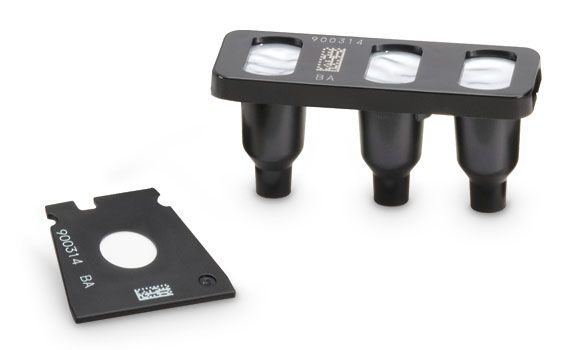IDEXX Newsletter
The latest test for the Catalyst One, 8 innovations within the last 8 years is the Bile Acid test. Dr Graham Swinney takes us through the detail of the benefits and uses of the new Bile Acid test.
Measuring liver enzymes in house is a very routine thing for Veterinarian’s in practice, either as part of a pre-anaesthetic screen, evaluation of unwell patients, or as part of a preventive care strategy. The ALT (alanine aminotransferase) is an indicator if hepatocellular damage. AST (aspartate aminotransferase) is also an indicator of hepatocellular damage, but is less specific given it is also a marker of muscle damage. ALP (alkaline phosphatase) is produced in the hepatocytes in response to cholestasis, but it can also be sourced from bone (osteoblastic activity), or in dogs an isoenzyme can be induced through a glucocorticoid effect. GGT (gamma glutamyl transferase) comes from biliary epithelium, and also increases in response to cholestasis. What is important to realise however is that liver enzymes do not provide us any specific information about hepatic function. There can be some indirect markers of hepatic function on a biochemical profile such as urea, glucose, cholesterol and albumin, which are all produced by the liver – so low levels may suggest hepatic dysfunction. However, all may be low for other reasons, and the absence of reduced levels certainly does not exclude the possibility of hepatic dysfunction.
Specific liver function tests include bile acids and ammonia levels (more specifically ammonia tolerance tests). Ammonia tolerance tests, whilst being useful, have technical challenges that make them less desirable. Bile acids are more straightforward to measure. Bile acids are produced in the liver from cholesterol and are stored in the gall bladder. The ingestion of food stimulates gall bladder contraction, where the bile acids aid in fat absorption through micellising the fat, and they are primarily resorbed in the ileum. Then once in the portal circulation, the bile acids are extracted by hepatocytes, which is a very efficient process. Therefore, fasted bile acids are relatively low, whereas a 2 hour post prandial sample challenges the system. Reasons for elevated bile acids include hepatocellular loss or failure, portovascular anomalies (portosystemic shunts, microvascular dysplasia/portal atresia) which allow the portal blood to bypass the liver, or cholestasis.
Indications for bile acid measurement may include changes on a biochemical profile, such as increased liver enzymes (in an unwell patient), or hypoalbuminaemia, hypoglycaemia, hypocholeaterolaemia or a low blood urea. The clinical signs of hepatic dysfunction may be vague and affect other body systems, such as the nervous system, gastrointestinal tract or urinary tract. Clinical indications may include patients with unexplained seizures, central neurological signs, poor growth, ammonium biurate urolithiasis or crystalluria, microhepatica, patients with increasing liver enzymes on phenobarbitone etc.
The inclusion of bile acids on the Catalyst platform now allow measurement of bile acids in real time. Rapid results in patients where assessment of liver function is clinically indicated will be of great value, as well as in situations such as assessment of hepatic function in a patient with elevated liver enzymes on pre-anaesthetic testing where there are concerns about hepatic function.
To learn more about the new Catalyst One Bile acids test watch our on demand webinar as part of our continuing education series by Daniel Swan. Watch Webinar now.

